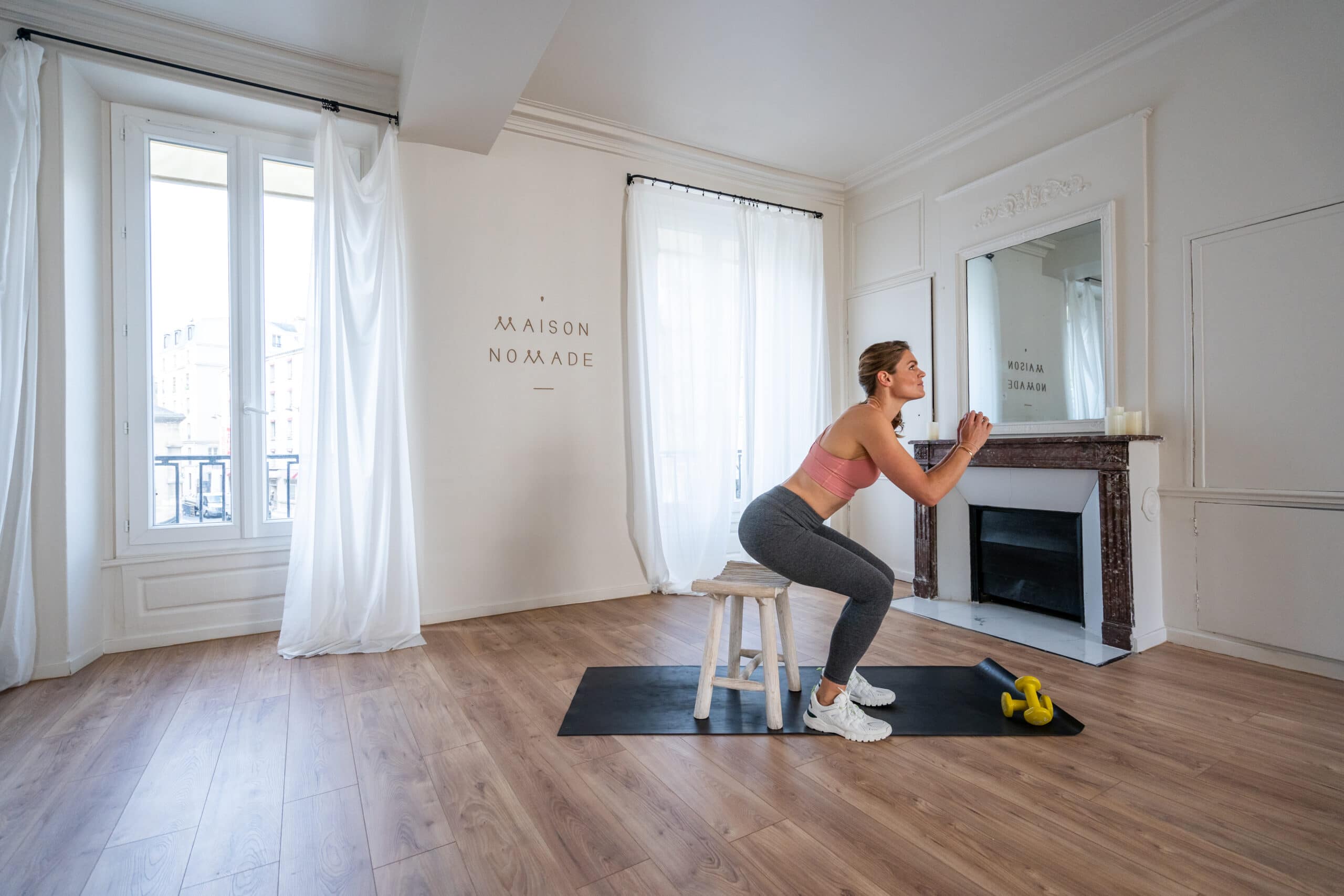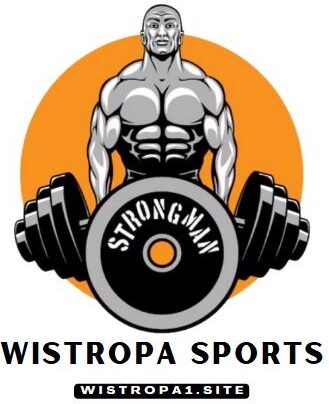- Adjust the bench angle between 30 and 45 degrees for optimal work.
- Do not block the elbows in the upper part of the movement to maintain continuous tension on the muscle.
5. Men
Sauces they are an excellent exercise to work on pectoraltriceps and shoulders.
Suspending two parallel bars, go down and climb your body using the strength of the arms.
Advise :
- Lightly tilts the body forward to hit the pectorals more.
- Avoid going too low to protect your shoulders.
Dips: muscle
Nutrition and recovery
To support muscle development, it is essential to pay attention to your diet and recovery.
Here are some suggestions:
1. Food
- Protein: Consume enough protein to promote repair and muscle growth. Sources of lean proteins such as chicken, fish, legumes and dairy products -caseari are ideal.
Thin proteins
- Carbohydrate complexes: Carbohydrates provide the energy necessary for training sessions. Opt for sources such as whole grains, fruit and vegetables.
Carbohydrates
- Hydration: Stay hydrated before, during and after training to optimize performance and recovery.
Hydration
2. Recovery
- Repository: Take quite rest among the training sessions targeted on bibs. In general, 48 hours of recovery are recommended between the sessions.
- Elongation: Integrate specific stretching for bibs and shoulders after the training session to improve flexibility and reduce muscle tension.
- Sleep : Sufficient sleep is crucial for muscle recovery. Objective from 7 to 9 hours of sleep per night.
Muscle recovery
Accident prevention
Works the great pectoralLike any other muscle, it has risks of injuries if good practices are not respected.
Here are some tips for warning lesions:
1. Heating
Before starting the session, take the time to warm up.
This can include dynamic movements to activate the pectoral muscles and the exercises of the amplitude of the movement for the shoulders.
The importance of the heat -Up
2. Appropriate technique
Make sure to master the technique of each exercise.
If you are a beginner, plan to work with a personal coach to learn the right postures and avoid current errors.
3. Listen to your body
Pay attention to your body’s signals.
If you feel an unusual pain during training, stop and evaluate the situation.
Ignoring pain can cause serious injuries.
4. Do not overload
Start with the weights suitable for your level and gradually increases the load.
Progressive overload is important, but it must be done in a controlled and safe way.
Conclusion
The pectoral grands It is a key muscle for a balanced and functional silhouette.
By understanding its anatomy and integrating targeted exercises in your routine, you can strengthen and sculpt this area efficiently.
Do not forget to vary training, respect a good technique and pay attention to your diet and recovery to avoid injuries.
Whether you are an athlete for beginners or confirmed, the development of the Grand Pececalal can transform your physique and improve sports performance.
Take advantage of the diversity of the exercises available to keep the training routine interesting and stimulating.
Do not hesitate to ask for advice from our coaches to maximize your results and fully exploit your experience in our sports halls.
Whether you’re a beginner athlete or a seasoned pro, developing your Grand Pectoral muscles can significantly transform your physique and boost your sports performance. These muscles play a crucial role in upper body strength, stability, and power—key factors for success in many athletic disciplines.
To keep your training routine engaging and effective, take advantage of the variety of exercises available that target the Grand Pectoral. From classic push-ups and bench presses to cable flys and dumbbell presses, mixing different movements not only helps prevent boredom but also stimulates muscle growth from different angles.
Consistency is important, but so is listening to your body and adapting your workouts over time. Using varied training techniques such as progressive overload, supersets, or drop sets can further enhance your muscle development and strength gains.
To maximize your results and ensure proper form, don’t hesitate to seek guidance from our professional coaches. They can provide personalized advice tailored to your fitness level and goals, helping you avoid injuries and get the most out of every session.
Training in our well-equipped sports halls means you have access to expert support and a motivating environment that encourages you to push your limits. Whether your goal is muscle growth, improved endurance, or overall athletic performance, focusing on your Grand Pectoral development can be a game-changer.
In conclusion, prioritizing the strength and growth of your Grand Pectoral muscles offers numerous benefits for athletes at any level. By combining diverse exercises with expert coaching, you’ll enjoy an effective, stimulating training routine that drives real progress. Start today and watch your performance reach new heights.
latest posts published
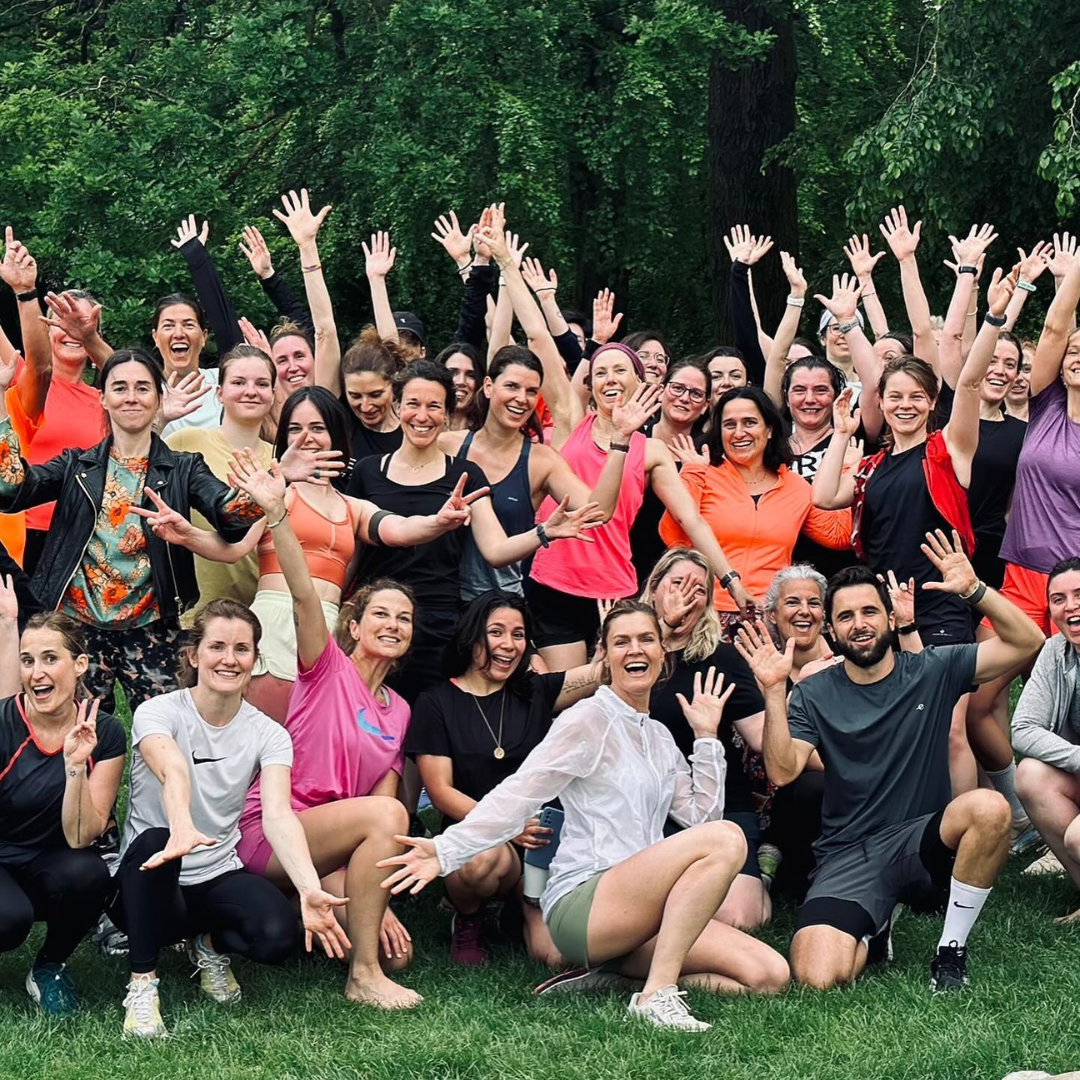
Do difficult things!
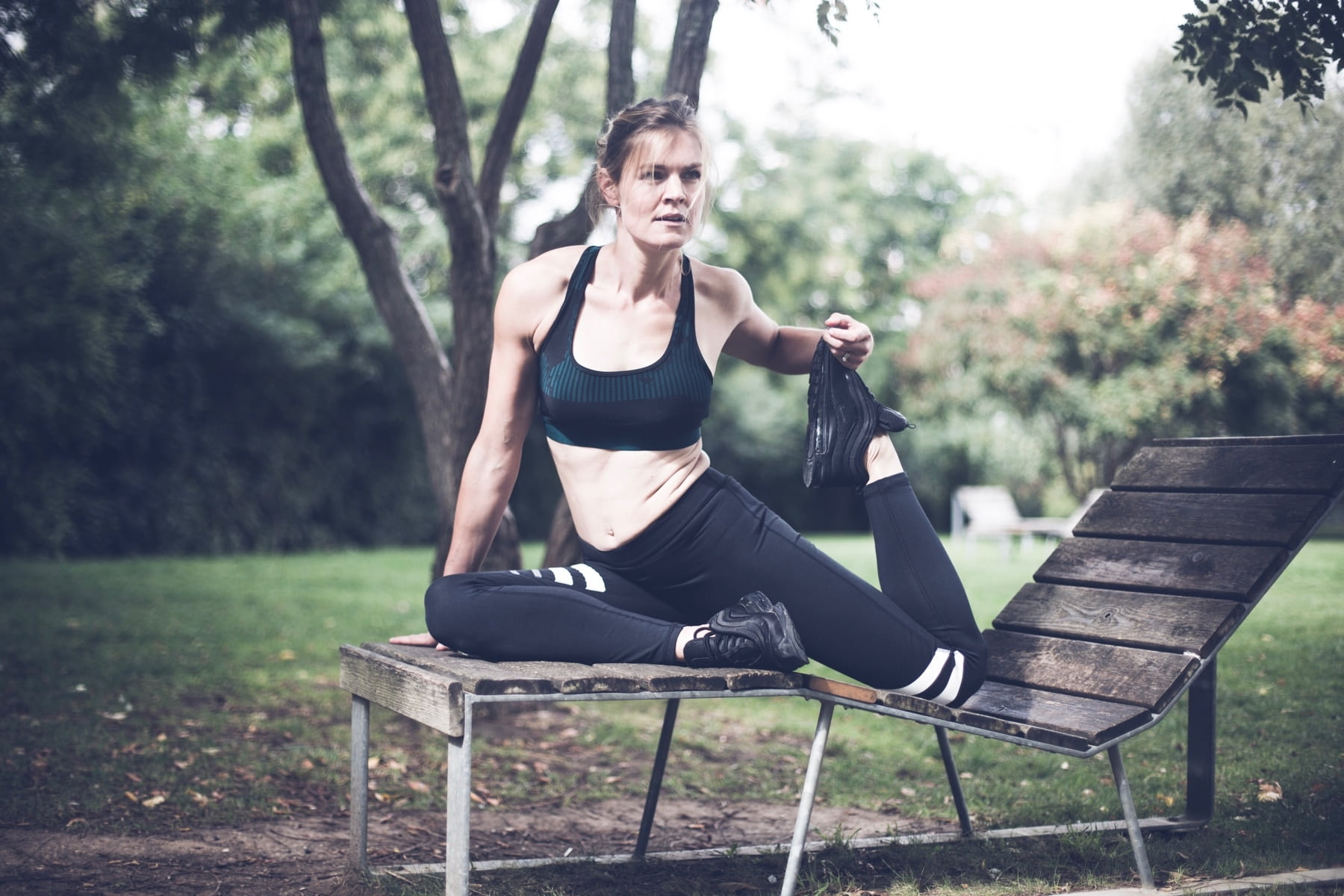
Does yoga start alone, at home, good or bad idea?
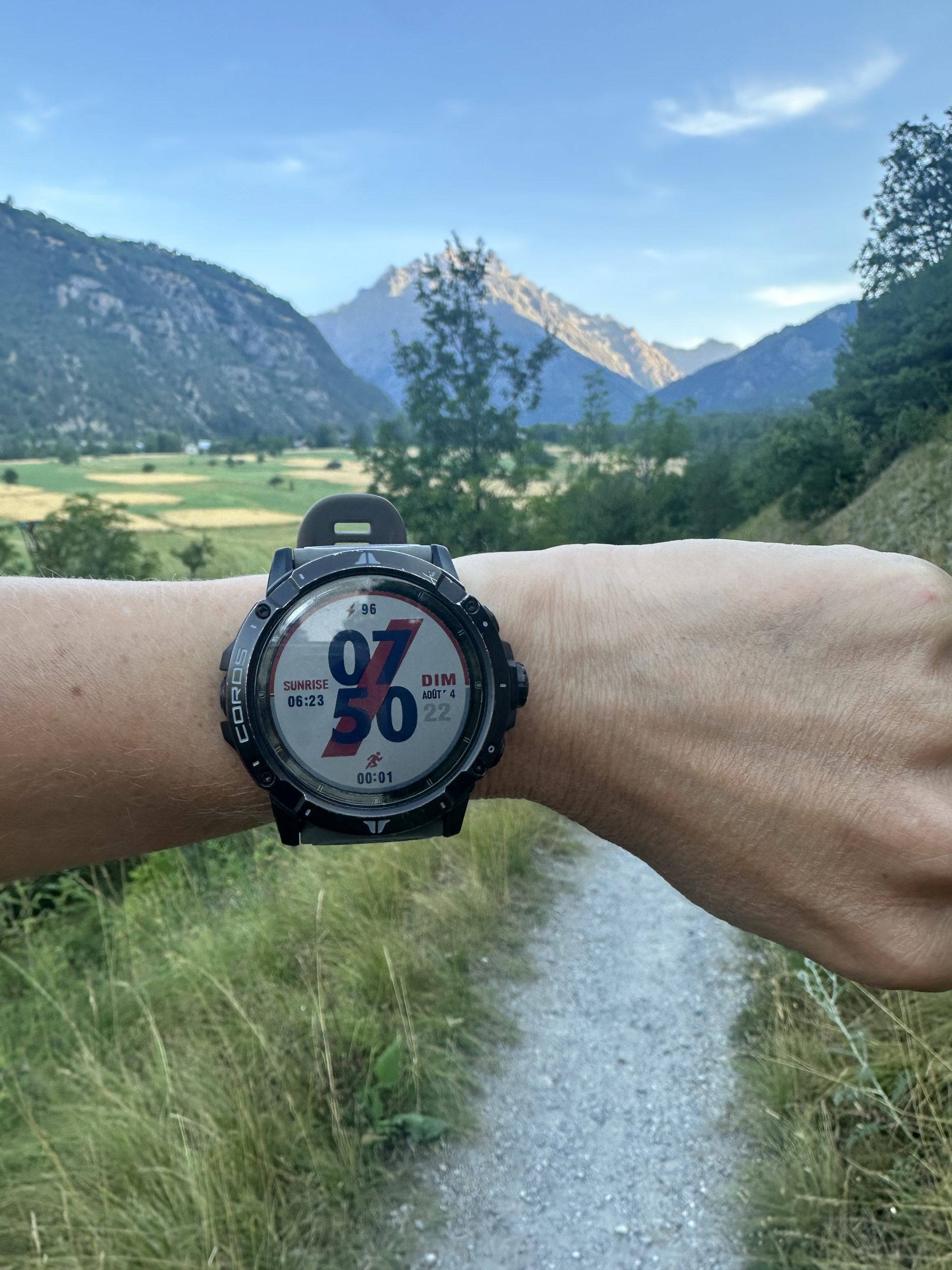
Connected watches: take off!
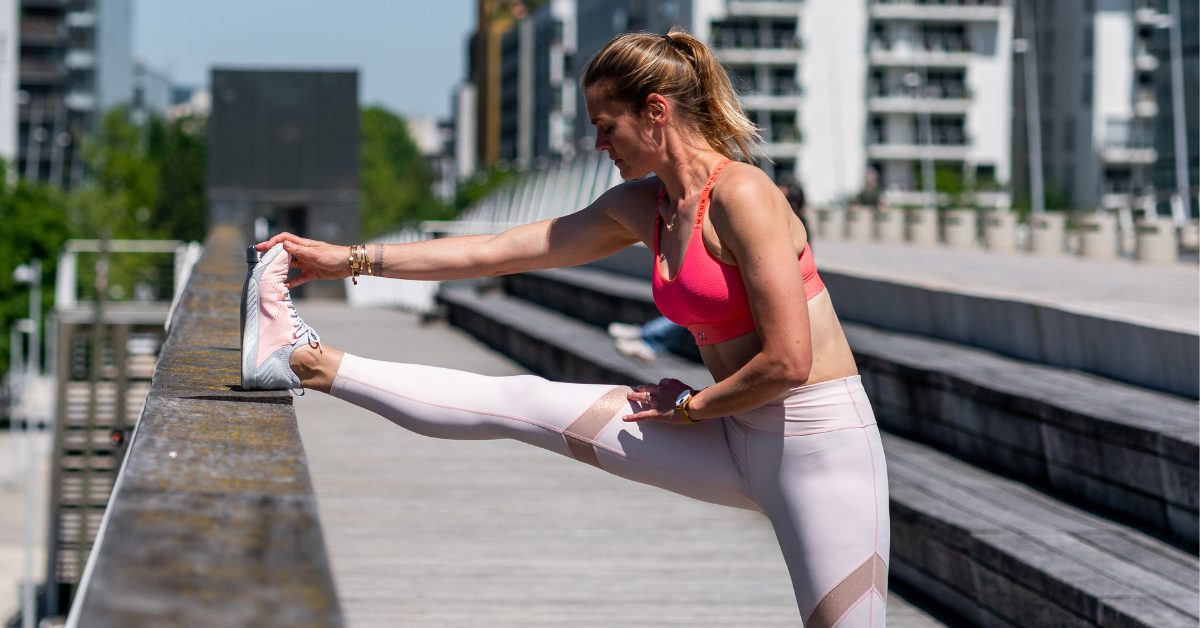
How to alleviate and avoid them

How to lose your thighs? Exercises, suggestions and nutrition

Remote to sport in winter, the light track!
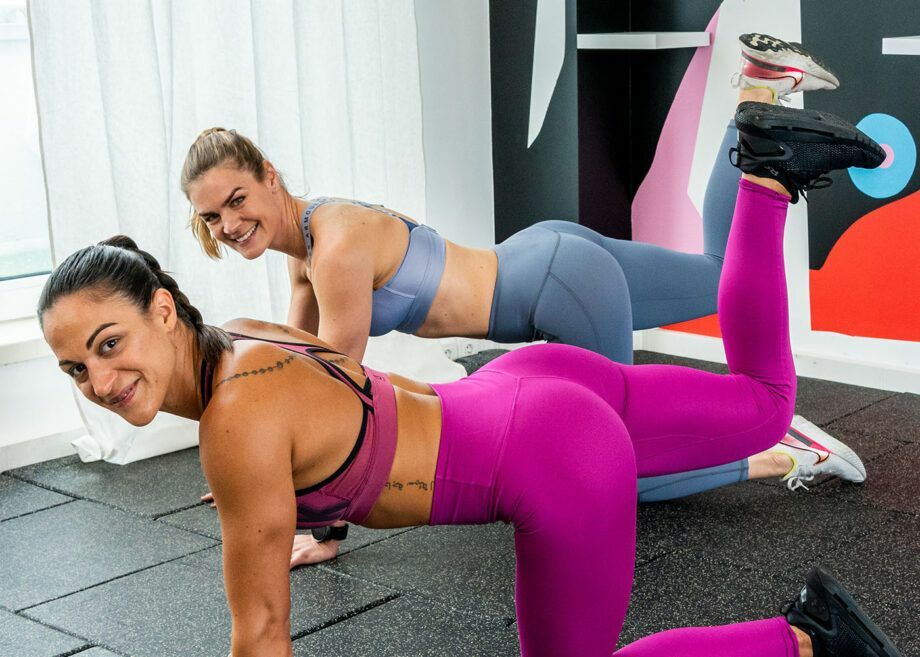
Solutions, exercises and suggestions to help you!

Substitutes of meals: real slimming allies?

Dry January: Return of experience!
